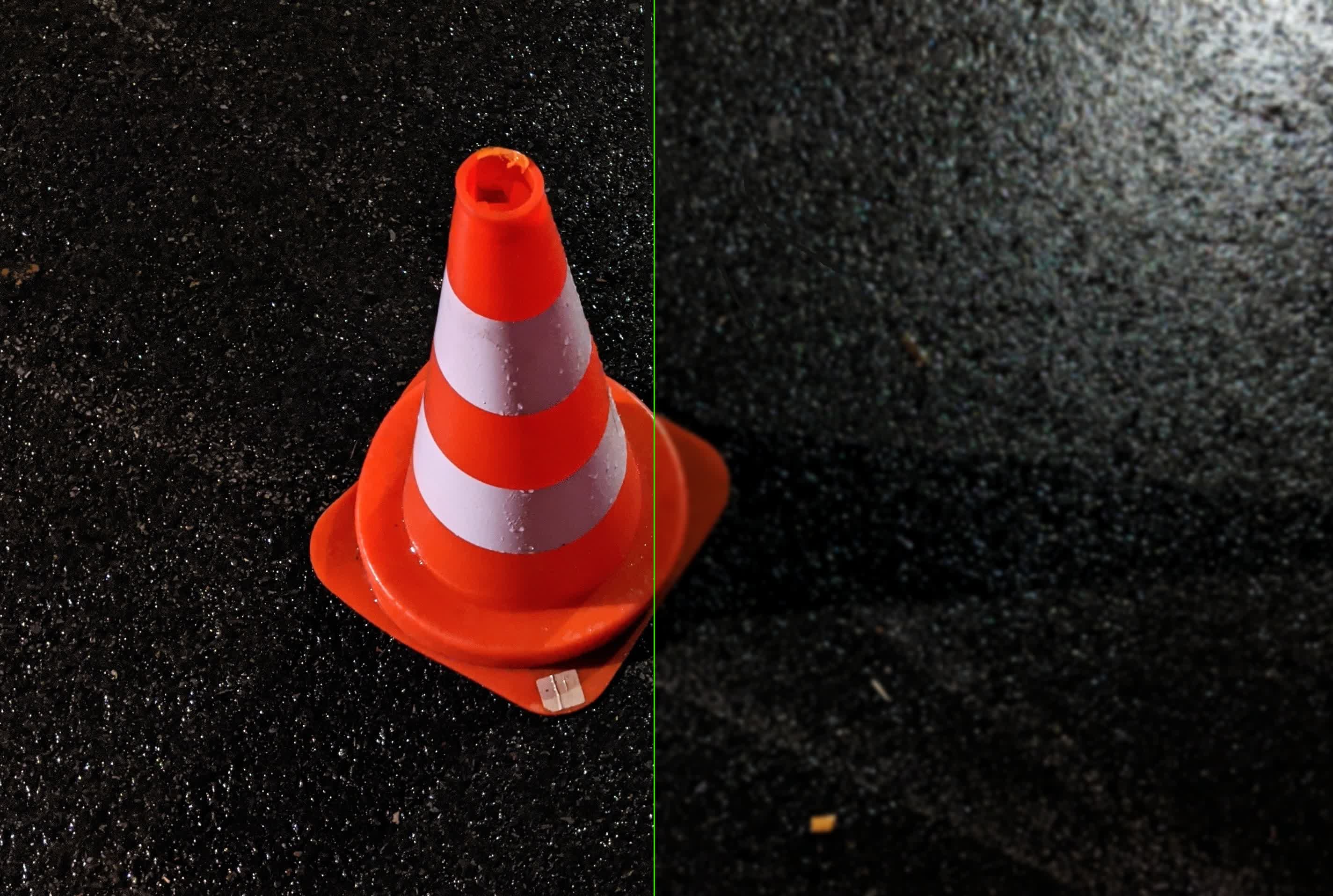In brief: Nvidia's RTX Video Super Resolution AI upscaling feature now comes baked into VLC media player, allowing RTX 30 and 40 Series GPU users to leverage their card's processing power to give offline videos a visual facelift.
Nvidia announced the upscaling tech in late February as a way to remove compression artifacts and other eyesores from most online videos streamed using Google Chrome or Microsoft Edge. It uses the card's Tensor cores along with AI image processing to make videos look better. Now that it works in VLC media player, the same smarts can be used to upscale videos from your own personal library.
To enable Video Super Resolution, simply open the Nvidia control panel and tick the Super Resolution option under the Adjust Video Settings section.
VLC was originally developed with a client / server infrastructure in place, but that functionality was eventually removed when it transitioned to more of a pure media player. It was released with a GNU General Public License in early 2001.
Have you tried Video Super Resolution with VLC media player yet? I have not, and am not totally clear on exactly how it works. Perhaps the biggest question is, can it be used offline or is an active Internet connection required? That is, does 100 percent of the processing take place locally on your hardware or is a connection to an Nvidia server needed? If so, what's the purpose of the connection? Is Nvidia further training its AI on your personal video library?
I suspect it works just fine offline but in this day and age, it never hurts to ask questions about privacy.
For those that have tried VSR, what has your experience been like? Is the improvement in quality as drastic as Nvidia suggests? Are some content types better for upscaling than others? Any feedback would be greatly appreciated.
You can grab the latest version of VLC with support for RTX Video Super Resolution over on our downloads page.
